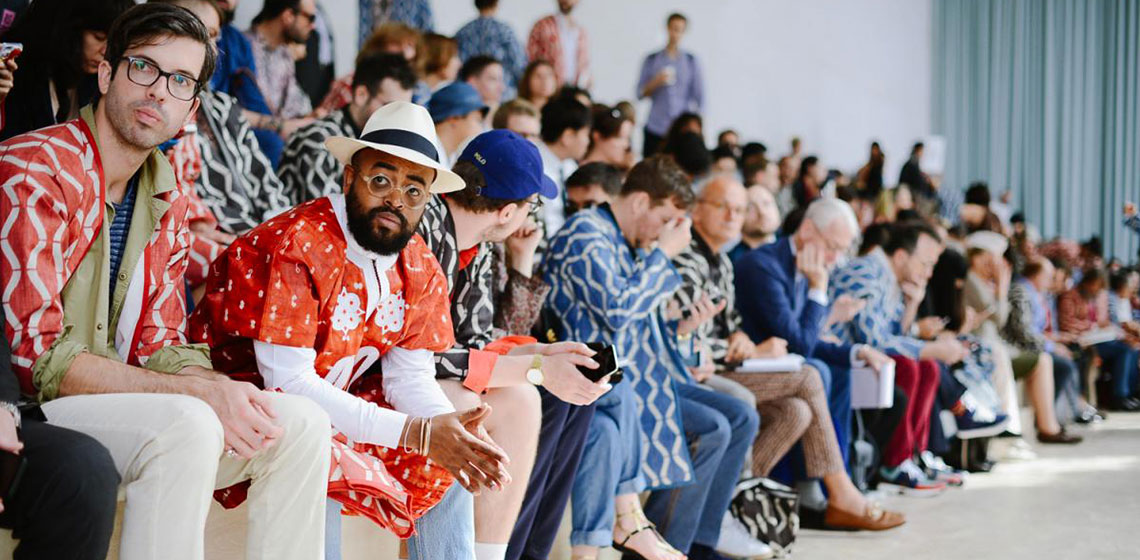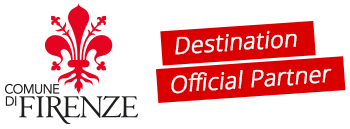
Florence and Fashion: the history of Pitti Uomo
Thousands attend this world-famous fashion show every year, an event with a rather long history to tell.
Besides its role as the birthplace of the Renaissance, Florence is also the city of fashion – and Pitti Uomo is an event that truly exemplifies the city’s fashion calling. For over 60 years, Pitti Uomo has served as one of the most important men’s trade fairs, more specifically in Italy’s main fashion sector, “ready-to-wear fashion.”
Every year, for four days in January and four days in June, Florence becomes the capital of men’s fashion. Pitti Uomo attracts industry professionals from all over the globe and organizes related events in locales and historic buildings.
The history of the event
Pitti Uomo dates to February 12, 1952 when Giovanni Battista Giorgini, a descendent of a noble family from Lucca, set up the fashion show in his own Florentine residence: Villa Torrigiani. Originally called the First Italian High Fashion Show, journalists and buyers from all over the world were invited to attend runway shows hosting some of Italy’s most important fashion brands.
After its huge success, the event was moved to a different location the following year: Florence’s Grand Hotel. It wasn’t until later years that Pitti Uomo was cemented in its historic location: the Sala Bianca in Pitti Palace, responsible for its name.
The “official” birthdate of Pitti Uomo (as we know it today) dates to 1972, the year in which the event became solely dedicated to men’s fashion.
Pitti Uomo today
Pitti Uomo is today housed in Fortezza da Basso, its official location since 1982. Today the space functions as a trade fair vaunting an array of stands for vendors to present their products. In the days of the event, Florence’s Santa Maria Novella area and the historic center (more specifically the railway station and the Fortezza) are transformed by Pitti’s intriguing atmosphere: strolling through the streets, you’ll pass by men dressed in unique and creative clothing and obviously… the latest fashion trends.
Related events have progressively developed alongside Pitti Uomo, events dedicated to other specific sectors: you’ll find Pitti Bimbo (for children’s fashion) and Pitti Filati (for textiles), not to mention other related sectors, such as perfumes in Pitti Fragranze.
Florence, the city of fashion
Florence is undoubtedly a fashion capital of the world; besides housing major brands and numerous fashion studios around the city, Florence vaunts a number of museums dedicated to fashion, costumes and the history of clothing: the Museum of Costume and Fashion in Pitti Palace, the Roberto Capucci Foundation Museum in Villa Bardini and Museo Ferragamo and Museo Gucci in the city center. And for anyone interested in learning more about the history and fabrication of textiles, Prato’s Textile Museum is a real treasure worth visiting.
Next Edition Pitti Uomo
From 14 to 17 January 2025






 All the services are provided by local merchants
All the services are provided by local merchants By using this site you support Florence
By using this site you support Florence We offer products with high-quality standards
We offer products with high-quality standards You stay sustainable
You stay sustainable It's a 100% trustworthy website
It's a 100% trustworthy website